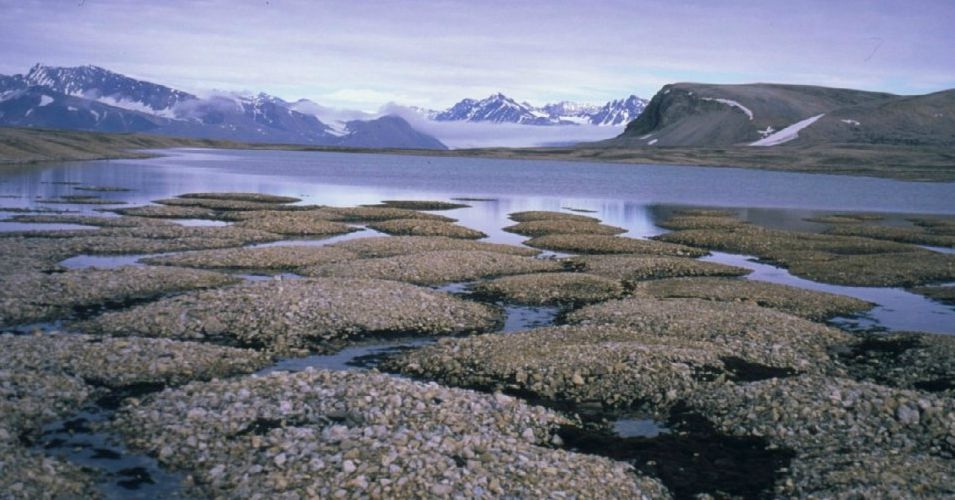Workers with the Environmental Protection Agency (EPA) spilled roughly one million gallons of mine waste into a Colorado creek on Wednesday, turning the nearby Animas River bright orange and prompting criticism from environmental groups over the government’s lackluster response to the accident.
EPA officials on Thursday confirmed that the leak was caused by its own employees, who had been using heavy machinery to investigate pollutants at the Gold King Mine, an abandoned site north of Silverton.
The agency said impacts on wildlife and the environment in the area would likely be minimal, in part due to the “longstanding” low water quality of the river. But the Center for Biological Diversity (CBD) responded that such reasoning “offers no comfort to concerns about pollution impacts farther downstream.”
“Endangered species downstream of this spill are already afflicted by [the] same toxic compounds like mercury and selenium that may be in this waste,” said CBD’s Taylor McKinnon. “These species are hanging by a thread, and every new bit of toxic exposure makes a bad situation worse. EPA’s downplaying of potential impacts is troubling and raises deeper questions about the thoroughness of its mine-reclamation efforts.”
The Gold King Mine last operated more than a century ago, Colorado Department of Natural Resources spokesperson Todd Hartman told the Denver Post on Thursday. The wastewater that spilled into Cement Creek, which feeds the Animas River, reportedly contains zinc, iron, copper, and other heavy metals—relics of old-fashioned mines that went out of use over time, according to Durango utilities manager Steve Salka.
“The most important thing is what’s in it. I need to know,” Salka told the Post. “Back in the 1800s, things were used in mining that aren’t allowed anymore.”
According to a statement from the San Juan County Health Department, the waste contains “high levels” of toxic materials. The EPA had been storing it behind “unconsolidated debris near an abandoned mine portal.”
Officials on Wednesday warned farmers to shut off water intakes along the Animas, while law enforcement closed the river to fishers, swimmers, and kayakers. Water supply to nearby colleges and golf courses was also suspended. On shores and bridges, residents stood watching as the emerald-green waters turned thick and mustardy with the discharge.
Health and environmental officials are evaluating the Animas River as it flows its 126-mile course through San Juan and La Plata counties, although they cautioned that it is unknown whether the spill will have any impacts on human health. Colorado Parks and Wildlife placed cages with fish into the river to monitor how they react to the contaminated water and expect to have results by Friday.
Elizabeth Holley, an assistant professor of mining engineering at the Colorado School of Mines, said the spill was “significant.”
The EPA called it “unexpected.”
“This toxic spill into the Animas is a disturbing incident that just underscores how vulnerable our rivers, streams and fisheries are to abandoned hardrock mine pollution,” Steve Kandell of the conservation group Trout Unlimited told Colorado Public Radio on Thursday. “Needless to say, the health of our community and recreation-based economy depends heavily on water quality.”



